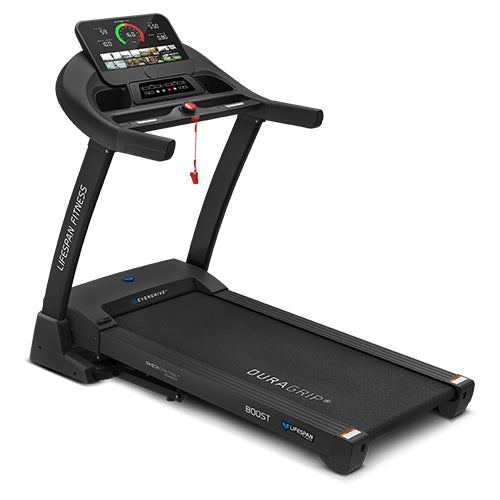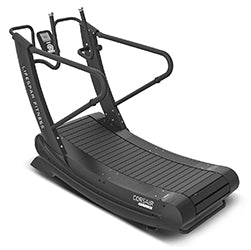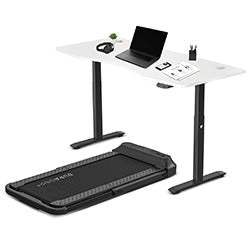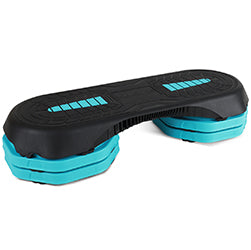

Find your inner power with a plyometric workout. The name might be new to you but chances are you’ve seen someone performing plyometric exercises or even done some yourself without knowing about it. In a nutshell these exercises are categorised by explosive movements and a fast pace. If you’ve ever considered trying plyometric training to add some functional strength to your workout then let’s dive a little deeper.
What Are Plyometrics?
Plyometric exercises utilise explosive movements of our muscles from a state of extension to contraction. Basically powerful movements that exert maximum effort in one quick motion. Let’s use the squat jump as an example, probably the most well known plyometric exercise. Lower yourself into a deep squat. Press into your feet and jump off the ground with a fully straight posture. Bend your knees as you land and return to a squat position to absorb the force of the jump. You’ll notice the explosive contraction of your quadriceps used to straighten your legs and lift you off the ground. The benefit of this type of training is to give you access to functional muscle strength as well as greater speed, cardiovascular health, and weight loss. These are, however, advanced workouts and can cause injuries in your joints so please proceed with caution and work up to more difficult plyometric exercises slowly.
Plyometrics With a Box
You’ve probably seen a plyo box before at the gym. They come in a few different styles, the stackable foam blocks, or flippable boxes made from foam or wood. Just make sure you’re using a proper plyo box to avoid causing an injury. The box jump is the best place to start. It’s a lot like a squat jump, but you’re trying to land on top of your plyo box. The benefit of the flippable or stackable box designs is that you can start small and work your way up to bigger jumps. Start from a squat just in front of the box and explode into a jump moving slightly forward to land with both feet on the box. Depth jumps utilise similar movements, but you start on the edge of the box for this one. Step off the box, land on the ground in a squat then explode up into a jump, again landing in a squat to absorb the force.
Plyometrics With A Ball
A lot of medicine ball workouts are also plyometric because they utilise explosive movements. In particular wall ball and slam ball workouts. Make sure you use the right ball for each, otherwise you might damage your medicine ball. Wall balls, as the name, suggests are made to be thrown into a wall in an explosive motion. Try the lateral scoop toss. Stand with your right shoulder side on to the wall and hold the ball in both hands at your left hip. Pivot through the hips and torso to face the wall and quickly throw the ball into the wall as you twist. Catch the ball as it bounces back and twist back to your starting position. Switch over to a slam ball and have a go at overhead slams. Start in a squat with your slam ball between your feet. Stand up out of the squat and lift the ball high over your head. Return to the squat position but quickly bring your arms down in front of you and slam the ball into the ground at your feet. Don’t worry, it’s built for this.
Plyometrics Without Equipment
You don’t need all the equipment to test the waters of plyometric training. There are a number of great exercises that are just explosive bodyweight exercises. The plyometric pushup is a great example. Explode out of the pushup and send your hands off the ground, adding a clap if you can manage it. Even the classic burpee is a plyometric exercise if you put maximum effort into every rep. Starting from standing, lower yourself into a squat. Place your hands on the floor in front of you and explode your feet back into a plank position. Lower your body and push back up through the chest. Jump your feet back to be in line with your hands. Return to your squat position and finish with an explosive upright jump to bring your feet high off the ground.
Let’s Get Plyometric
This is far from an exhaustive list. The defining characteristic of plyometrics is the explosive movement so you can imagine there are a lot of exercises and a lot of sports that utilise this style of training. If you’re looking to build endurance, functional strength, and explosive speed then consider adding plyometric training to your routine.






















































